Olympic fever begins with a taster of the martial arts
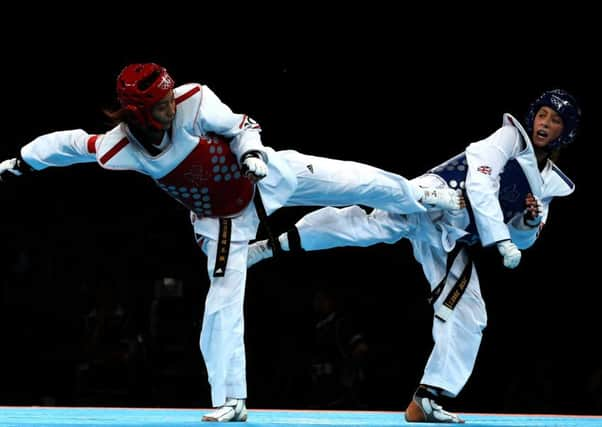

With the Olympic Games upon us and Britain in line for more medals like Jade Jones’ taekwondo gold from the London 2012 games, I thought I would immerse myself in the culture of the Korean martial art.
The umbrella term ‘traditional taekwondo’ typically refers to the martial arts practiced in Seoul during the 1940s and 1950s, though in reality the term taekwondo had not yet been coined at that time.
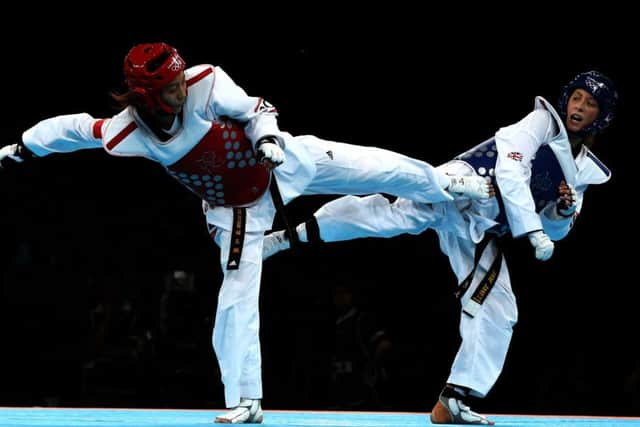

Advertisement
Hide AdAdvertisement
Hide AdBut following a martial arts demonstration by the military in 1952, South Korean President Syngman Rhee urged that the martial arts styles be merged and named taekwondo.
And these arts are still practised across the globe including Fleetwood’s Mount Taekwondo club, where I had my first taste of the Olympic sport.
There’s certainly more gear than I ever expected. Firstly I put on my taekwondo suit, or Dobok, along with my beginners’ white belt.
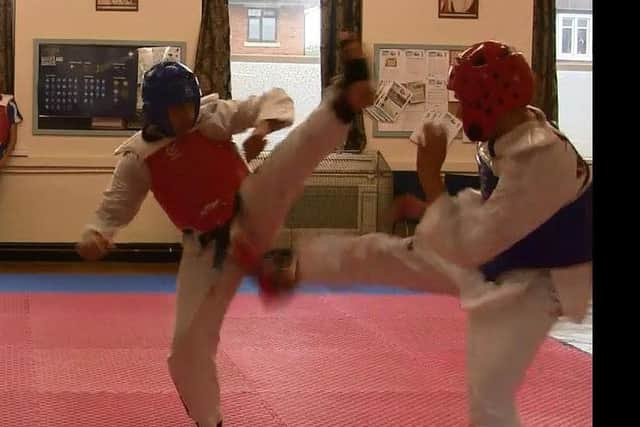

And that was just the start as I was told that, on top of that, I would need a chest guard (hogu) as well as head, foot and shin pads.
Advertisement
Hide AdAdvertisement
Hide AdAfter warming up on the floor mats at the club’s venue of St Nicholas’ Church of England Church on Highbury Avenue and then learning some basic moves, we moved into some gentle sparring.
Paul Barton, a 5th Dan Master at the club who has been practising the martial art for more than 20 years, took me through the rules.
Fights begin with a formal greeting with competitors bowing before the Korean word for begin is said by the referee to start the bout.
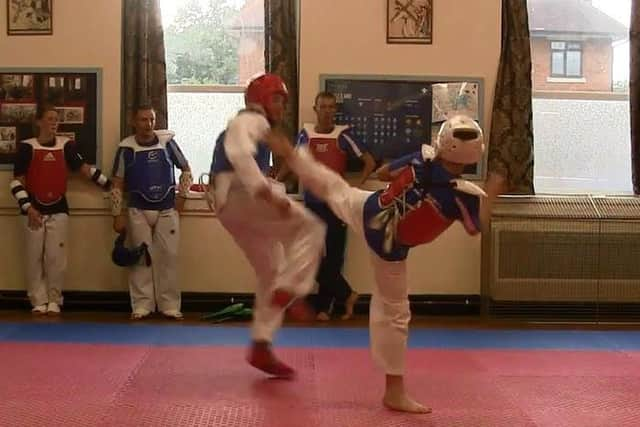

We spent 30 seconds fighting our opponent before moving on to spar with another member of the group.
Advertisement
Hide AdAdvertisement
Hide AdIt was a real mix of young and old, with some in their mid 60s and one boy as young as eight.
With all the gear, I was pouring with sweat within minutes and my feet had already started to bruise.
But it was fun, really fun and I could see how such a friendly and positive group was attracting more and more members.
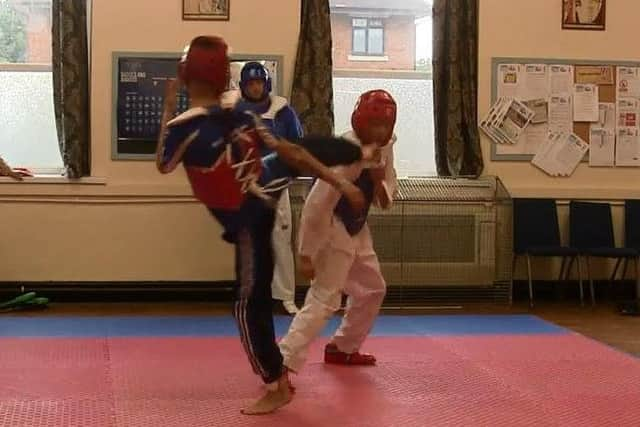

I, as a completely novice, enjoyed it thoroughly and now have even more interest to watch Great Britain, who possess some of the world’s best in taekwondo, in the Olympics.
Taekwondo - the rules, scoring and how to get involved
Advertisement
Hide AdAdvertisement
Hide AdHow to win: Fighters score points by landing kicks and punches on the torso and head of their opponent – the fighter with the most points wins the bout. That or by knocking out your opponent, having 12 points more than the opponent at the end of the second round or by an opponent being disqualified.
The aim is to strike the opponent inside the red or blue areas of the uniform and points are awarded for each strike.
If a fighter hits their opponent on the turn, the infamous ‘spinning kick’, it is worth two points.
A direct hit to the head can score three points or four points are given for a spinning kick to the head.
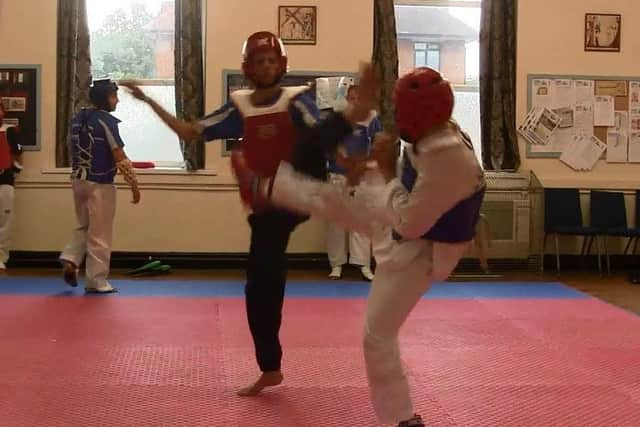

Advertisement
Hide AdAdvertisement
Hide AdFight length: The bouts are divided into three two-minute rounds, with one-minute intervals between each. If the scores are level at the end of the first three rounds, there will be a fourth round where the first to score a point wins. If no points are scored in the fourth round, the winner is decided by the referees.
What is not allowed: Use of the knee, pushing, holding, hitting below the belt and hitting your opponent when they are on the floor, are considered serious, punishable infringements.
Ranks, belts and promotions: Ranks are separated into junior and senior sections, colloquially referred to as colour belts and black belts.
The black belts are typically made up of nine ranks. Each rank is called a Dan and the ranking begins at 1st and ends at 9th. To advance from one rank to the next, students typically complete promotion tests in which they demonstrate their proficiency in the various aspects of the art before their teacher or a panel of judges.
Advertisement
Hide AdAdvertisement
Hide AdPromotion tests vary, but may include such elements as the execution of patterns, which combine various techniques in specific sequences; the breaking of boards to demonstrate the ability to use techniques with both power and control; sparring and self-defence to demonstrate the practical application and control of techniques and physical fitness.